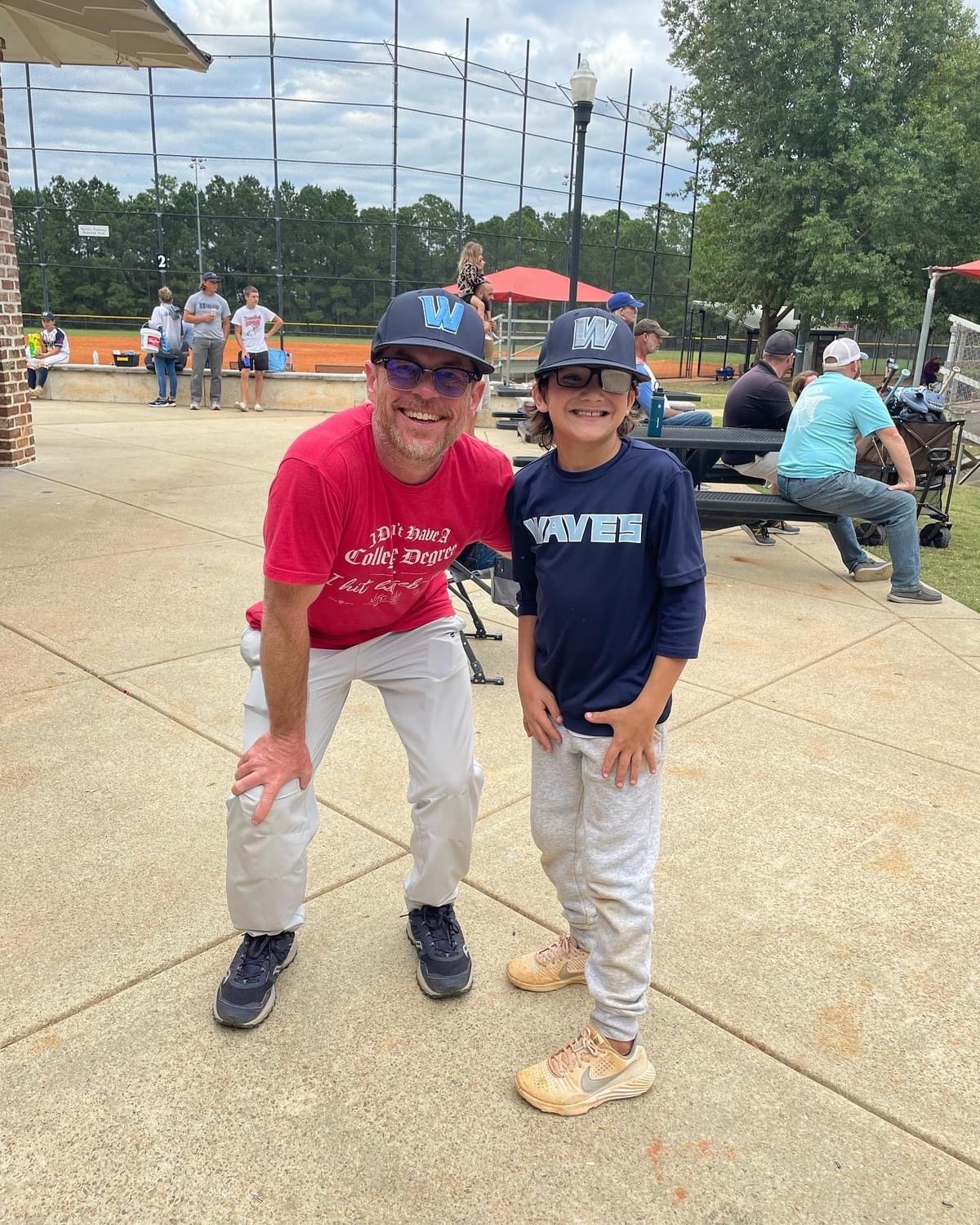By Scott Graber
It is Wednesday, and I’m in Port Royal. It is early, and I have a photograph of a tree stump. The tree itself lies nearby, a severed Sycamore, that had been in this place on Hadrian’s Wall in Northumberland, England for an estimated 300 years.
I know this tree.
Four years ago my son and I walked the length of Hadrian’s Wall. It is 73 miles long and there is a path that parallels the Wall, intersecting with tumbled-down forts built by the Romans during their occupation from 43 AD to 410 AD. There are also a few pubs like the Twice Brewed Inn offering a bed and cold beer.
We began on the Eastern end near Newcastle. I was nervous but the path is well marked and much of the diminished Wall survives making it hard to get lost.
When my son was young, we did a lot of hiking in the Blue Ridge Mountains, especially the Nantahala Forest around Asheville, N.C. In the higher elevations above Graveyard Fields one encounters “balds” where there are few trees to block the view. To a large extent this topography was similar to that along Hadrian’s Wall.
When Zach and I would take these Nantahala hikes, we would talk as we walked. In those days I had an obsession with everything Roman, especially their wars — Gallic, Punic, Civil — and would use the topography to explain Cannae, Zama and Mons Graupius. But I always came back to Trasimeno, where Hannibal ambushed Gaius Flaminius in 217 BC.
Lake Trasimeno (a/k/a Lago Trasimene) is the classic ambush where Hannibal hid his army on the high ground and carefully cut off any escape, using the Lake itself for that purpose. He knew that he had to strike quickly, before the Romans could form their battle lines and fight as a coordinated unit.
As we scrambled over Black Balsam Knob, and then Tennant Mountain in the Nantahala, the steep contours below provided a nearly a perfect tableau for a Trasimeno narrative. It is also a good place to explain the legionary organization of the Roman Army and how it’s discipline and coordinated fighting usually carried the day.
Hadrian’s Wall is another story involving the defensive tactics of an Empire that was tired of fighting a guerrilla war with a bunch of screaming, blue-painted barbarians who would not surrender. The real story (on the Wall) is a story about individual legions drawn from Spain, France and the Netherlands who were doing their 20 years of service, marrying a local girl, raising their family and getting their 401 pensions in place. It is the story of guard duty, a little bit of action and a lot of boredom. It reminded me of my life as an Army dependent in Germany.
After hiking for couple of days we got into an up-and-down section where one climbs up for 50 yards, then slips and slides down for 50 yards. Then goes back up and comes back down again into a gap. In one of the gaps between these small hills there is, or was, a Sycamore tree that had somehow survived for three centuries. On our way to this tree it was my son who told me about the famous Sycamore and how it would be a good place to rest.
We reached Sycamore Gap late in the day and removed our 50 pound backpacks. The bunkhouse where we had spent the previous night had provided sandwiches, and we ate those while Zach told me about the filming of “Robin Hood” at this very spot. This led to “Game of Thrones;” and the legendary “White Walkers;” and the fierce, mythical peoples of the North who terrorized the people in the South. I wish I could have remembered everything — we might have moved on to the Ninth Legion and what had happened to those unhappy legionnaires who vanished from the face of the earth — but my memory is diminished.
It was almost like we had wandered into Brigadoon and were transported back in time. I have to believe this had something to do with the now felled Sycamore — a single tree that had been standing alone for a long time — and it’s need to speak.
But we were still a mile from Twice Brewed, where we would eat, drink and compare notes with others walking the wall. Others who had heard this tree.
Scott Graber is a lawyer, novelist, veteran columnist and longtime resident of Port Royal. He can be reached at cscottgraber@gmail.com.








